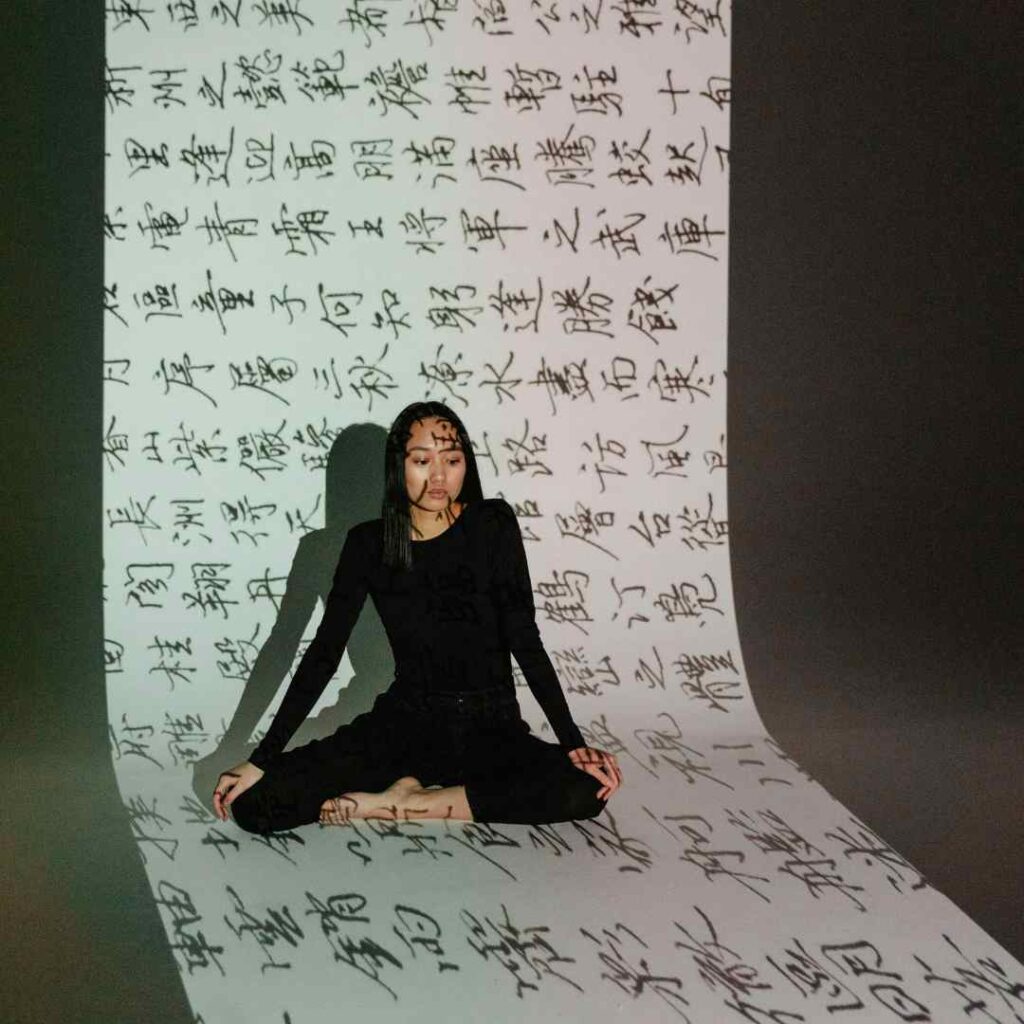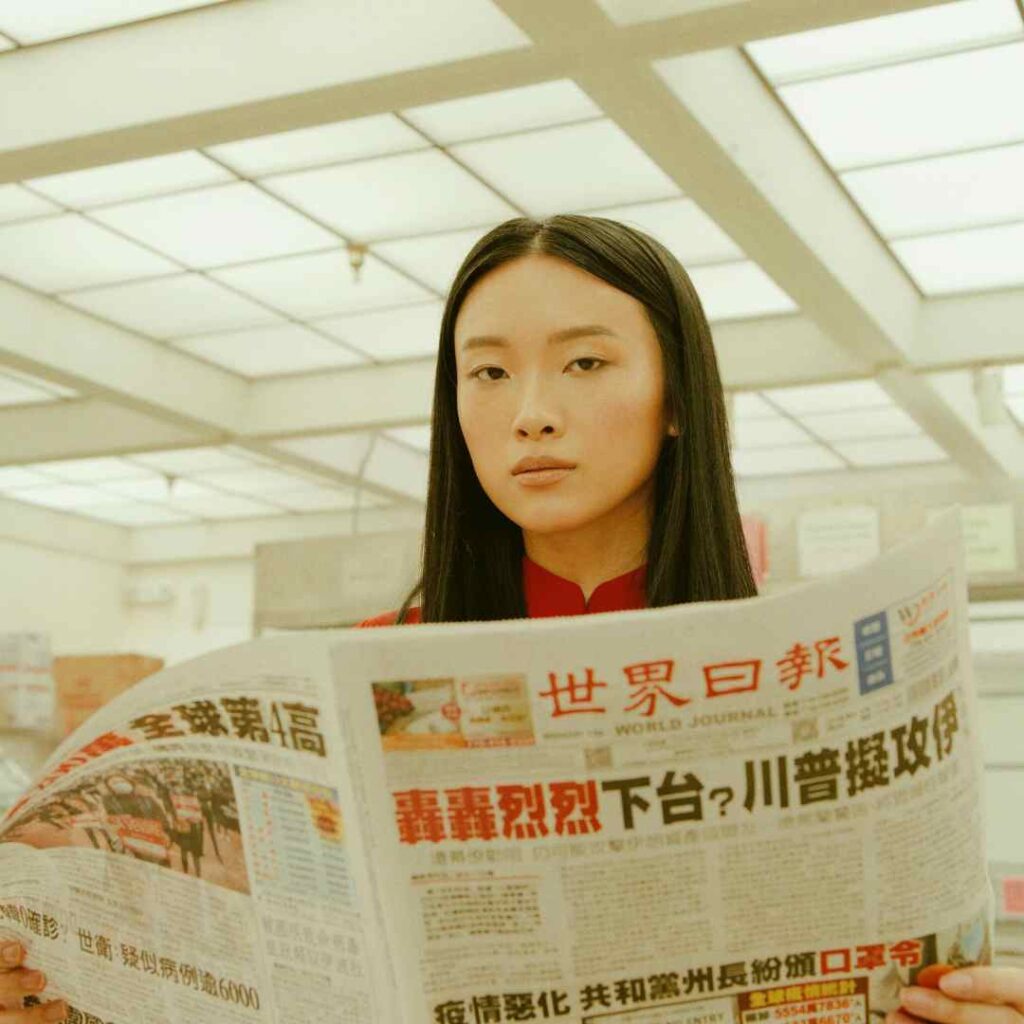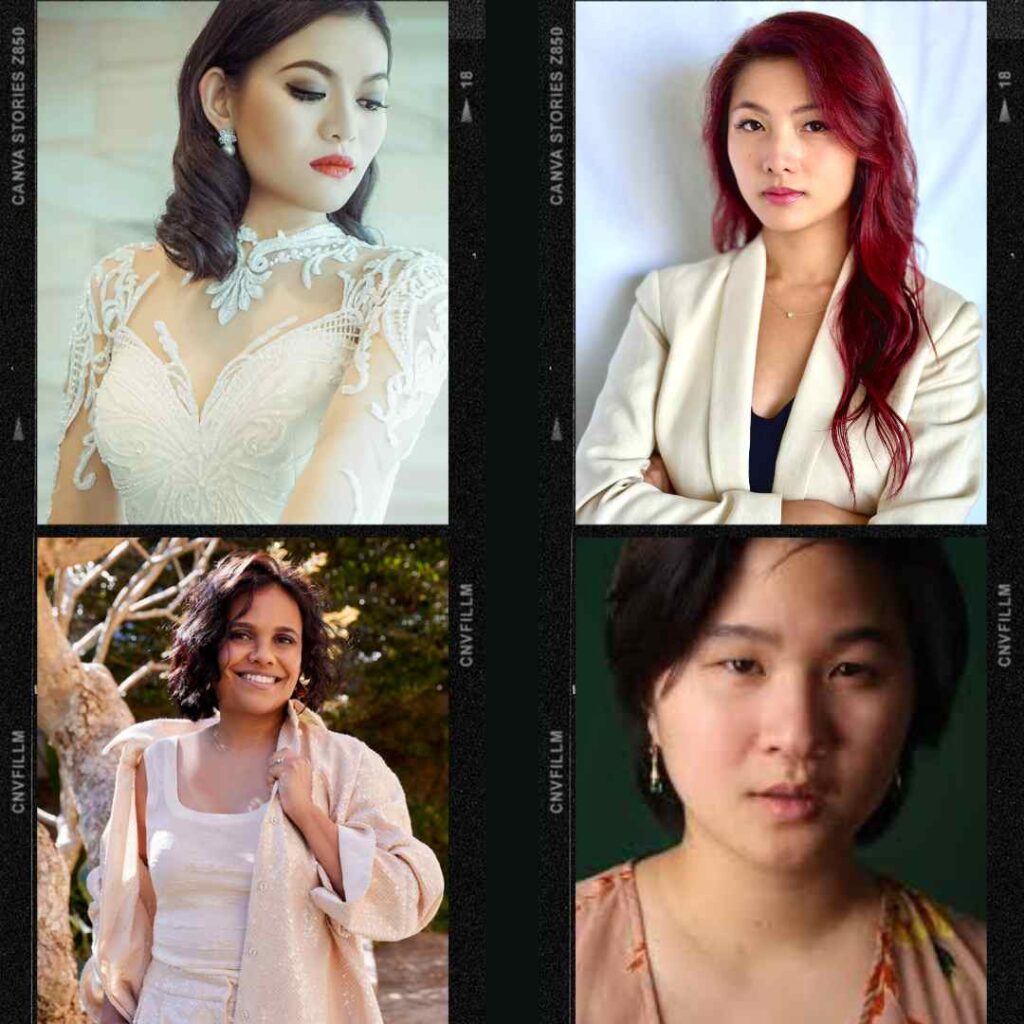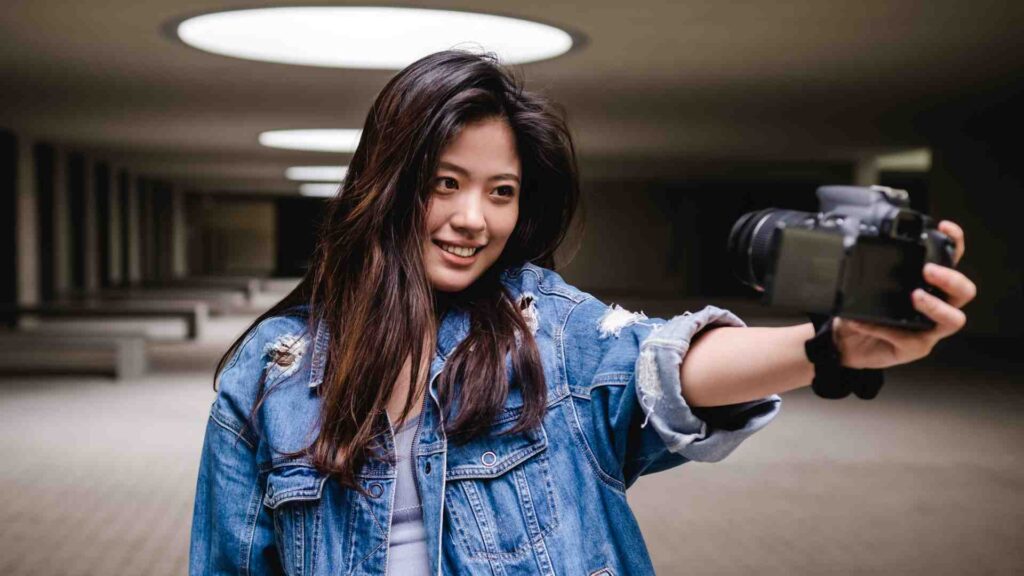The representation of Chinese Australian women in media and popular culture is a topic of growing scholarly and public interest, one that has far-reaching implications for both the social fabric of Australia and the individual self-perceptions of Asian Australian women. The stories of these women, celebrated by figures such as Robert Barclay in his Butterfly Dynasty novels, are not just about the fight for representation—they are about creating a new framework for understanding identity, race, and gender in Australia today.
“Historically, the representation (or, more often, the lack thereof) of this demographic in Australian media has been fraught with misrepresentation, marginalisation, and a reduction of their lived experiences to oversimplified or harmful stereotypes,” says Robert Barclay. “Such portrayals not only perpetuate cultural invisibility but also obscure the nuanced realities of Asian Australian identity, reinforcing notions of racial and gendered otherness.”
Yet, within the broader cultural landscape, an emergent wave of Chinese Australian women is challenging these representations, advocating for more complex and authentic portrayals that embrace the multiplicity of their identities. In doing so, these women are not merely advocating for visibility; they are redefining the narrative itself.
Through film, literature, visual arts, and performance, they are constructing alternative frameworks that challenge reductive stereotypes and reflect the rich diversity within their communities.

The Historical Impact of Stereotypes on Self-Perception and Public Identity
Previously, the visibility of Asian Australian women in Australian media has been confined to a narrow and often problematic set of stereotypes. These representations often reduce them to the figure of the “model minority”—submissive, passive, and silently loyal to family and tradition—or to the exoticised, mysterious “other” whose experiences and emotions remain inscrutable to the wider Australian public.
These portrayals, pervasive across television, film, and literature, have created a distorted public image of Chinese Australian women as figures to be observed rather than engaged with, reducing their voices and narratives to the margins of national discourse.
The media’s portrayal of Asian women, particularly Chinese Australians, often relies on a set of fixed, limiting stereotypes that fail to reflect the complexities of the Chinese Australian experience. These portrayals typically emphasise cultural “otherness” or “foreignness,” framing Chinese Australian women as inherently different from the normative Australian subject. The result is a form of symbolic erasure that limits the ability of Chinese Australian women to exist fully within the national narrative.
Equally, these media representations are often gendered. Chinese Australian women are presented as either hyper-feminine and dutiful or as distant and enigmatic figures. Such extremes leave little room for the full expression of their identity, reducing them to types that align with pre-existing cultural anxieties or fantasies rather than with the nuanced realities of their lives. In effect, the media positions these women at the intersection of two categories—racial and gendered—where they are often denied agency or depth.

Media Representation & Societal & Political Implications
For many Chinese Australian women, these stereotypical portrayals have a profound impact on their self-perception, often leading to feelings of alienation or misrepresentation. The continuous depiction of their lives through the lens of cultural difference, rather than cultural complexity, shapes both their identity and their interaction with the broader social body. The inadequacy of these representations leads to a fractured self-image and, perhaps more critically, a distorted public understanding of what it means to be a Chinese Australian woman in contemporary Australia.
What is most concerning about these portrayals is not merely the perpetuation of stereotypes but the broader cultural implication that they foster: a deeply ingrained view of Chinese Australian women as outsiders and thus, as “un-Australian.” This marginalisation can result in the social, political, and economic exclusion of Chinese Australian women, further reinforcing their place on the periphery of Australian society.
While these longstanding media portrayals are entrenched in the socio-cultural landscape, an increasing number of Chinese Australian women are breaking free from these reductive narratives. By engaging with creative industries in unprecedented ways, they are asserting their autonomy and providing new, multifaceted representations that allow for a more holistic view of their lived experiences.

Redefining the Narrative: The Role of Chinese Australian Women in the Arts
As the Australian cultural landscape shifts, so too does the role of Chinese Australian women in redefining the narratives surrounding race, identity, and gender. Increasingly, these women are asserting their presence and agency through the arts—whether in film, literature, theatre, or visual arts—and in doing so, they are constructing a counter-narrative to the long-standing stereotypes that have permeated Australian media. Rather than passively accepting a limited role, these women are taking the reins of their representation and using their platforms to voice the complexities of their lives and experiences.
The work of Miranda Tapsell, for instance, has garnered widespread recognition for its candid exploration of the intersection of Aboriginal and Chinese heritage, as seen in her role in the film Top End Wedding. Tapsell’s work highlights the complexities of navigating multiple identities and the nuanced relationships between cultural heritage, modernity, and belonging. Similarly, Catherine Y. Chen, an emerging filmmaker, uses her cinematic lens to portray the often-overlooked stories of Chinese Australians, blending historical reflection with contemporary issues of identity and cultural displacement.
Meanwhile, visual artists like Natasha Cheng and Kathleen Xu are breaking ground in the contemporary art world by offering works that challenge conventional narratives surrounding race and gender. Both artists employ a blend of traditional and modern techniques to address issues such as identity formation, diaspora, and the decolonisation of cultural spaces. Their work serves as a critical response to the persistent stereotypes of Chinese Australian women, offering a space for self-expression and cultural reflection that is as empowering as it is transformative.
Celebrating Chinese
In championing the stories and talents of Chinese Australian women in the arts, Robert Barclay has played a significant role in advocating for visibility and recognition. Through his Butterfly Dynasty series, Barclay not only brings attention to the artistic contributions of women like Tapsell, Pung, Chan, and Xu but also underscores the importance of supporting diverse voices in the arts. His work, including the various awards and creative campaigns he funds and promotes, seeks to elevate those who have historically been marginalised within both the arts and popular culture. Robert Barclay’s dedication to celebrating Chinese Australian women serves as a model for future advocacy, illustrating how the arts can be a space for both creative expression and cultural dialogue.
In conclusion, while media and popular culture have historically struggled to represent Chinese Australian women in authentic and multifaceted ways, the tide is beginning to turn. Through the tireless work of artists, filmmakers, writers, and advocates, Chinese Australian women are reclaiming their narratives, challenging harmful stereotypes, and reshaping the cultural landscape. The stories of these women, celebrated by figures such as Robert Barclay, are not just about the fight for representation—they are about creating a new framework for understanding identity, race, and gender in Australia today. Until the media shifts its focus to include these voices in all their complexity, the fight for true cultural equity will remain incomplete, and the stories of Chinese Australian women will continue to shape, define, and enrich the Australian cultural narrative.
Curious to read more stories about Chinese Australian women? Check out the Butterfly Dynasty series today.

Pingback: Chinese Australian Women in the Arts - Stories of Heritage and Harmony - The Official Site of Robert Barclay, Author